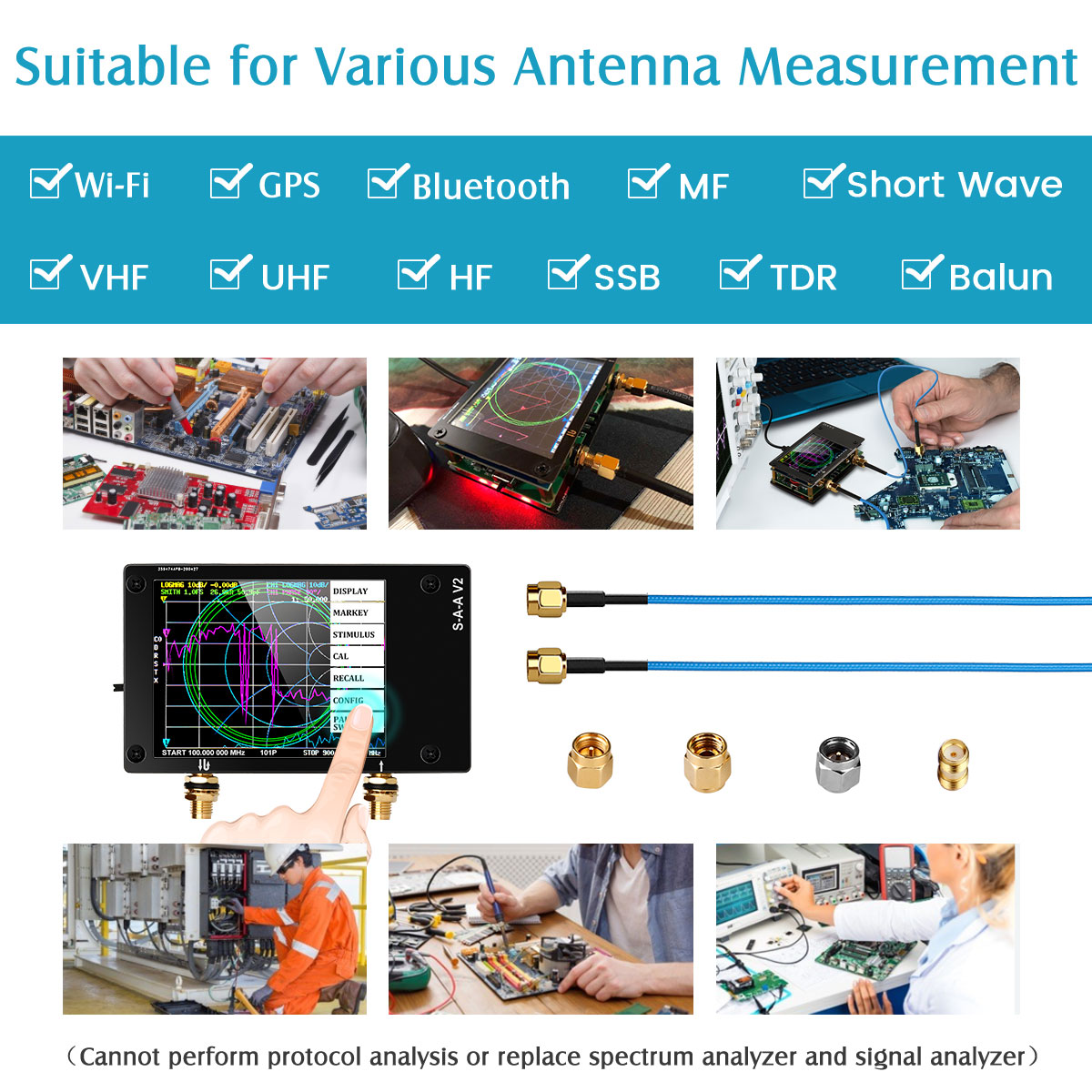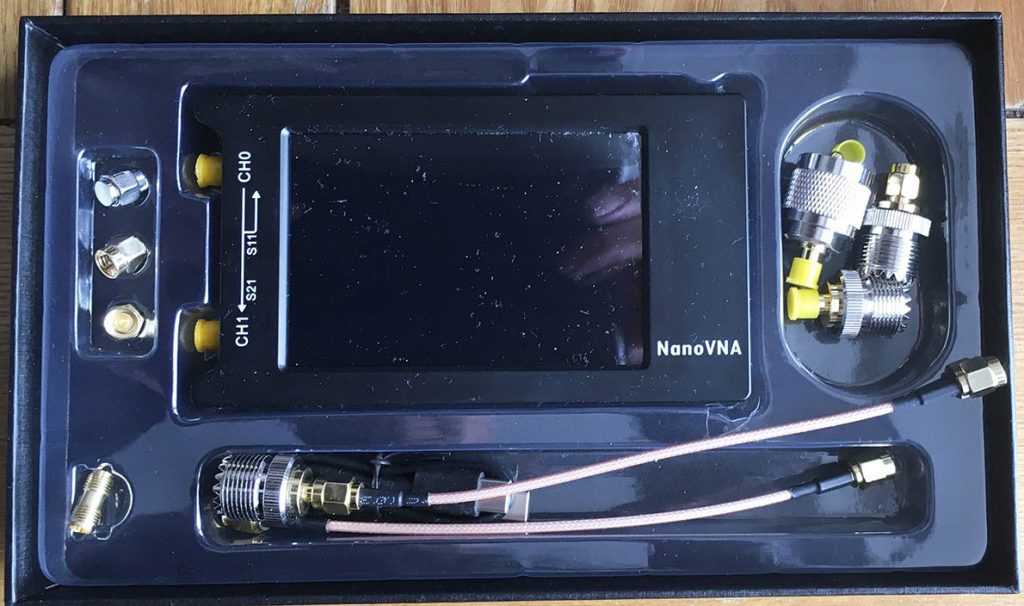

Hence, the negative sign indicating port length reduction. A little parasitic adjustment takes the open port point cluster right where it should be! Now, I need to subtract it because this delay comes into picture only when I am calibrating. Mine seems to have roughly 45ps of delay. It all depends on the exact length of your adapter.

On an average, female to female adapters introduce an additional delay of 42 to 50ps. Note that I will be using the 2GHz to 2.5GHz band to do my measurements. This is what happens when I don’t account for that adapter delay. I used to get away doing SOL calibration and never worry about the added adapter delay because the frequency was less. Essentially, requiring an addition of female to female adapter when you want to calibrate at the end of your SMA cable. Like I mentioned, the cal-kit from older nanoVNA came with male ports. But as you go up in the frequency, things like adding an adapter to your cal-kit starts to matter. So, if you are like me, adding a small female to female adapter to attach the cal-kit elements didn’t cause much trouble. I never tried to use it beyond 300MHz even though it could. In the NanoVNA, we were dealing with lower frequencies. If you attach another cable to extend your port, you must recalibrate. For example, you calibrate the port without any cable, the calibration is applied until the end of that port.

Keep in mind that the calibration gets applied at the end of the port. Navigating through the menus will land you at the calibration option. I have another test PCB from MACOM with Open, Short, Load and Through ports. Therefore, I do not know how good it is at 3GHz. I will be using the same calibration kit that came with the first version of NanoVNA. Although, having it is always an advantage. But let us remind ourselves that we are a community of amateurs and going for absolute accuracy isn’t our aim. A fault calibration can lead to incorrect measurements. Check out the NanoVNA 1 reviewĬalibration is an absolutely important part of any VNA. We will testing out all the major features in the NanoVNA v2 in this article. NanoVNA v2 comes with the TDR option built in. Later, a python script posted on this blog inspired the addition of that option into the firmware. When the first nanoVNA came out, it had no TDR option. Everything on the user interface side of things remain the same. Those familiar with the NanoVNA v1 need no guidance on getting along with the v2. Here, we will review the actual functionality of the device. In the part 1, we reviewed the hardware aspects of the NanoVNA v2 SAA 2.


 0 kommentar(er)
0 kommentar(er)
